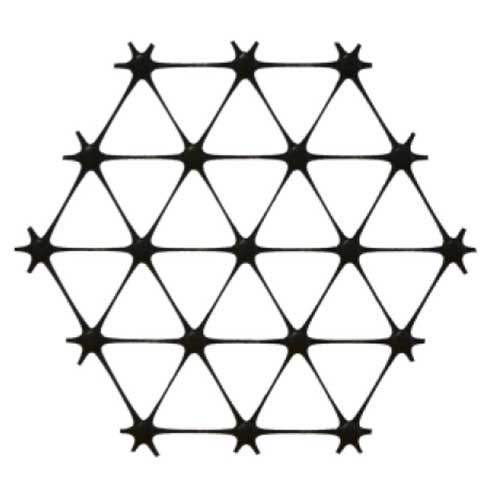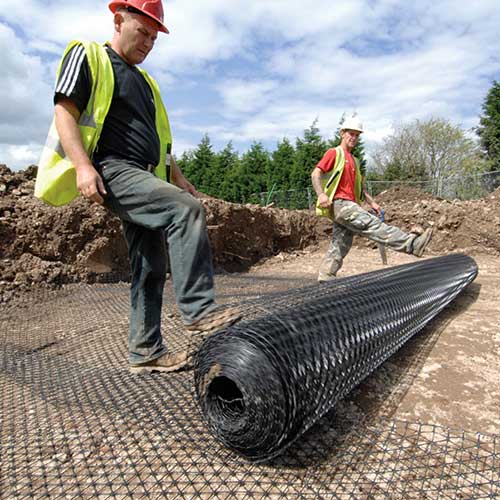Tensar TriAx TX140 Geogrid - 13.12' x 246' Roll
FREE SHIPPING
Tensar TriAx TX140 Geogrid - 13.12' x 246' Roll
Stocked in Georgia, and California for Fast Delivery
Model: TX140-13X246
Brand: Tensar
Size: 13.12' x 246'
Square Feet / Roll: 3,227
Need a Written Quote? Request a Quote Now >





